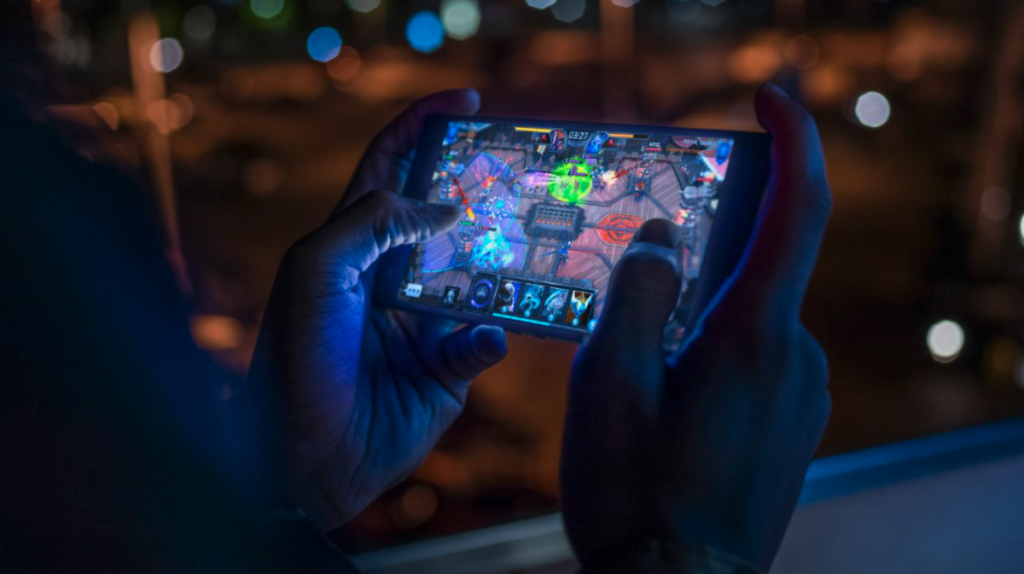The mobile gaming market is the largest in the world, by 2027 it is expected there will be over two billion active mobile gamers around the world and as the demographic keeps expanding to capture every market. The majority audience for gaming was once younger teen males, but the past decade has seen a major shift here, so much so that women over the age of 34 are now one of the largest consumers of mobile games.
(Image from yorkvision)
We’ll take a look at what has led to the huge success in mobile gaming, the biggest niches, the most exciting opportunities, and what the future may hold for mobile gaming as a whole as hardware improves and player trends continue to change.
A change in genres has been one of the biggest adjustments as player needs have changed, a certain demographic may favor certain games more than others and as that demographic changes, so do the popular genres.
Smaller puzzle and adventure games were once perfectly suited for mobile and are still amongst the most played games, but an older audience brings a disposable income and has led to the growth of other genres like slot games at Cloudbet, games with huge cosmetic opportunities in microtransactions, and even games with a subscription model akin to the big MMORPGs of the noughties.
In the same vein, mobile has carved out its own niche for esports, something typically resigned to larger platforms, and has started to really thrive with an enormous audience across a small number of games. Major esports tournaments aimed at mobile players have already taken place with sizeable prize pools, making it more than just a casual activity for some.
- Accessibility
Accessibility has always been the huge selling point for mobile gamers, the majority of us own a modern mobile device more than well equipped enough to run the latest games on mobile, there’s no requirement to buy additional peripherals or an extra device and can be played on the go. It’s the factor that made handheld gaming so popular in the past and will be what continues to make mobile gaming a home for many.
- Hardware
Hardware is also a huge part of the accessibility too, and something that makes mobile gaming so attractive. Whilst there are some restrictions, and a $500 device can run games often just as well as a $1,000 device, with no clear advantage or disadvantage between the two. In a world of PC gaming where there are significant differences even within a few hundred dollars, or the world of consoles where a $400 controller can give a big advantage, it’s a welcome change for many.
- Price
Price continues to be a factor behind mobile gaming success too, whilst the devices themselves are expensive, the majority aren’t buying a new smartphone just for gaming purposes, but as the games themselves are often either free or sub $5, it’s an extremely low price point for entry. With newer “AAAA” games starting at $70 and going upwards, games that offer a lot of replayability over hundreds of hours as is common with mobile gaming, it’s a much easier sell for many players.
As a combination of many things from gaming options, price, accessibility and most of all the ability to quickly change to the demands of players, mobile looks to be home for many for a long period of time moving forward as major developers look to further bolster mobile accessibility, and device manufacturers continue to look to not only improve devices for gaming, but to design them specifically for users with a larger focus on gaming interest.


